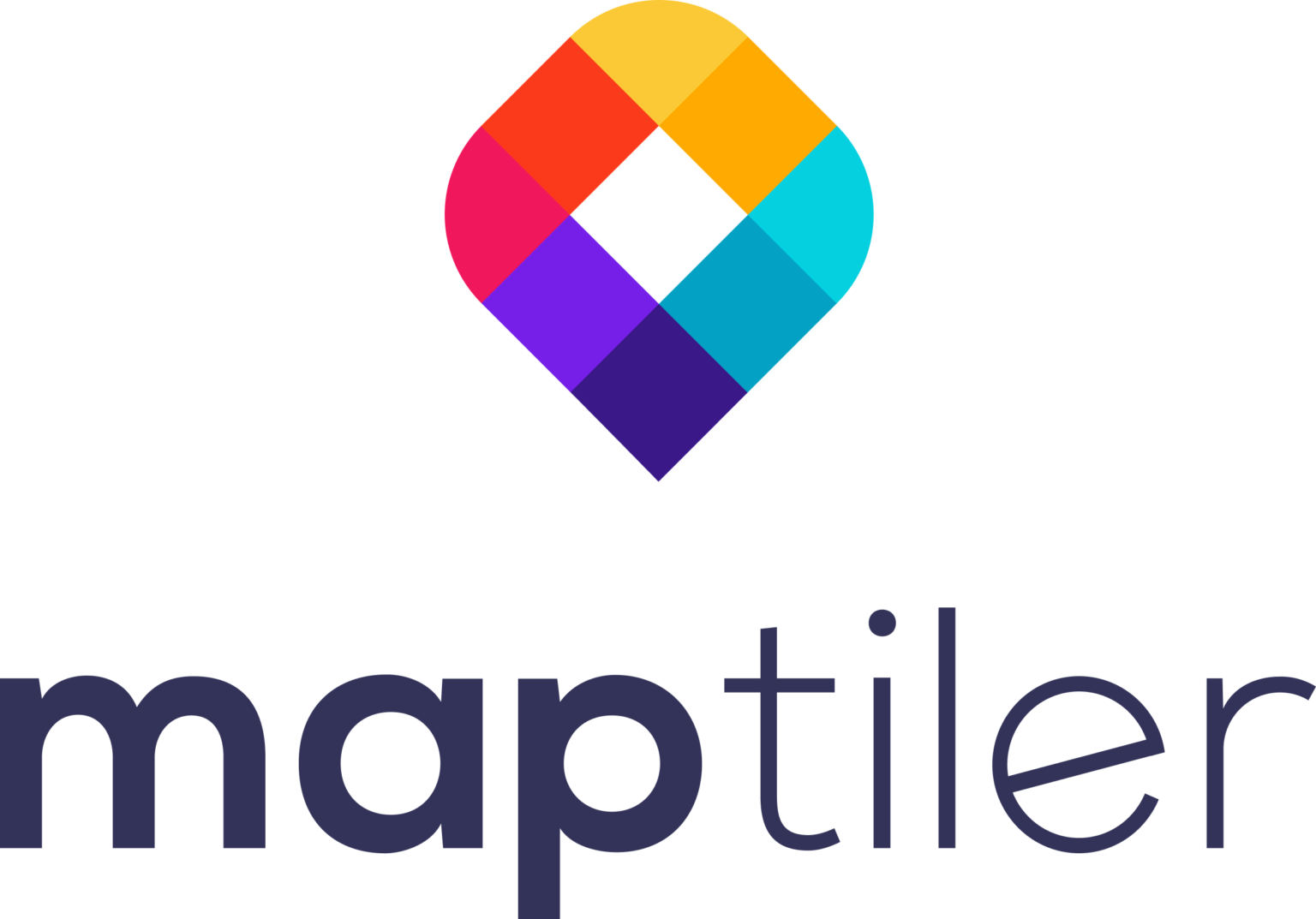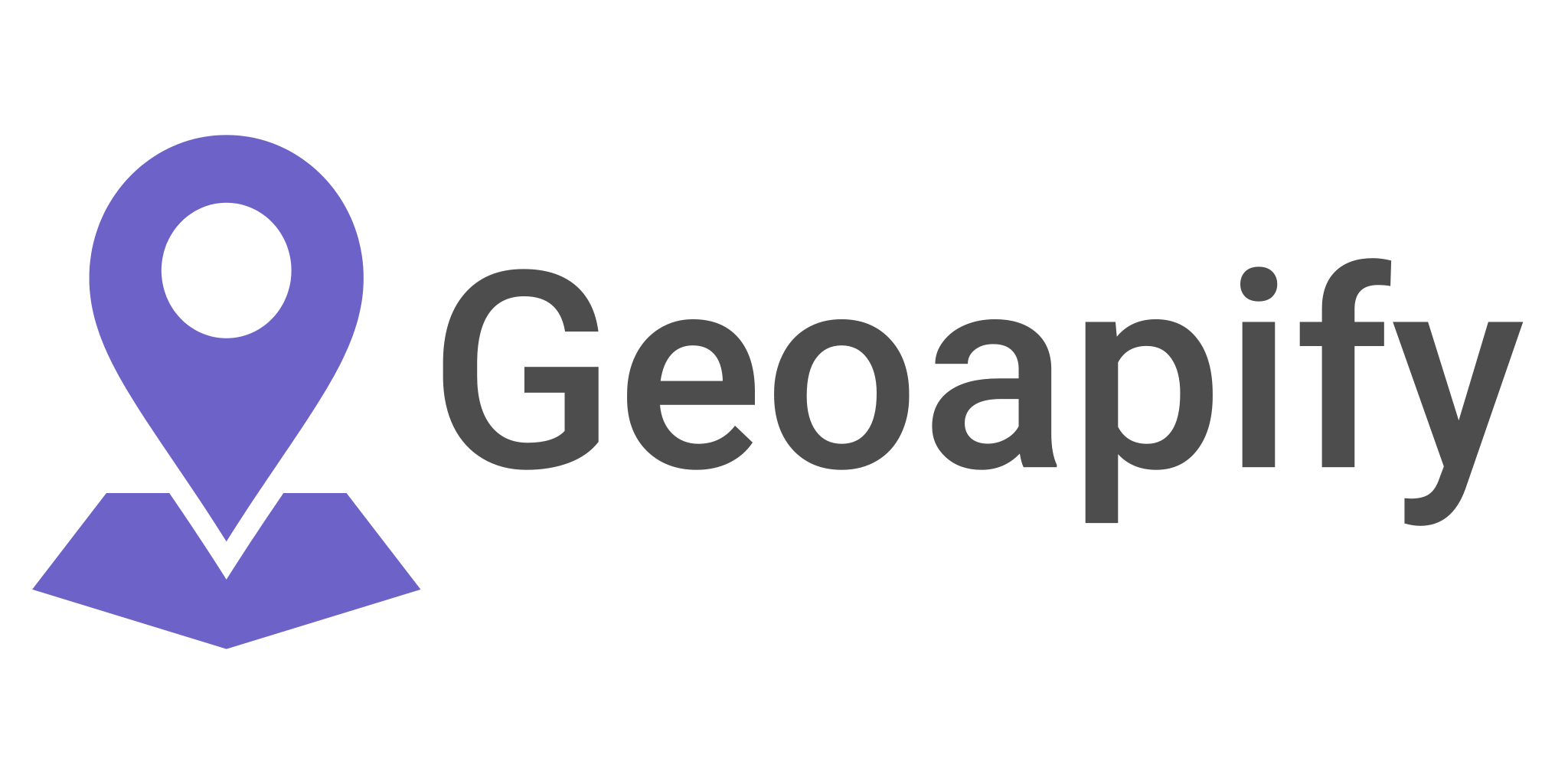Flooding has plagued civilization forever, however increasing urbanization, population growth and economic growth is leading to greater damage 1. A number of things can cause flooding, including heavy rain, snowmelt and dam failures being the main ones 2. Urban flooding poses a greater risk to human life and potentially large economic loses, due to the higher density of people, major infrastructure and urban areas generally being major economic hubs. By 2050, it’s estimated that two thirds of the world’s population will live in urban areas, which makes quality flood planning a high priority. The impacts of climate change are also adding to the challenge, with extreme weather events and flooding likely to become more frequent, more unpredictable and dangerous 1. Flooding affects both developed and developing nations, however those in developing nations suffer far worse due to low incomes, poor infrastructure and inadequate warning systems 1.
Remote sensing can offer us a solution to help us manage flooding in various ways. As remote sensing is by definition of the word remote, it keeps observers and those collecting data out of harm’s way. Remote sensing can be quite fast and has the ability to collect a lot of data over large areas, which humans often cannot due to logistical constraints. This technology can help by improving forecasting accuracy, flood modelling and monitoring flood events in real time to help keep people safe and reduce damage to infrastructure.
Flood preparedness and remote sensing: Flood Forecasting
Rapid flood forecasting with a high degree of accuracy is crucial for protecting people and infrastructure. Flood forecasting typically involves a combination of meteorological and hydrological observations. These systems can be as complex as catchment scale modelled predictions, down to low tech river gauges to give a specific community advanced warning of rising river levels. In terms of large-scale flood forecasting, geostationary satellites and polar orbiting satellites provide data with minimal spatial detail, and are used for monitoring weather patterns as well as providing broad coverage imagery 3. Satellites are not as accurate as rain gauges or radar but they are very useful in areas where heavy rainfall may occur far upstream and in less populated areas, with limited meteorological instruments. Aerial imagery or satellite imagery with very high spatial resolution data (e.g. aerial photography, Quickbird, Ikonos, Worldview) are better used for coverage of small areas where they can provide a higher level of detail. Imagery with high spatial resolution is generally quite costly and therefore best used for mapping critical infrastructure over smaller areas 3.
In Somalia a community based early warning system has been developed through the use of remotely managed river gauges and an SMS alert system 4. This relatively simple but effective combination of technology can send text message alerts when river levels reach a threshold point. Remote sensing is invaluable in countries where security situations or logistical challenges make data collection on the ground nearly impossible 4.
Flood modelling
Currently computerized flood modelling is the primary method for modelling predicted flood scenarios. Again, in areas that are challenging to access remote sensing can prove invaluable. These use a 2-D approach, calculating water levels for different variables at each node or point throughout the channel and floodplain 5. Remote sensing technologies like Synthetic Aperture Radar (SAR) and LiDAR imagery can be used in combination with these computer models in order to fine tune the results and validate the maps 5. Airborne SAR and aerial photography can be used to assess and cross check the model’s ability to simulate the development of the flood outlines through time 6.
Remote sensing imagery is particularly useful for modelling flood events in large catchment areas 7. In Australia, a team of researchers tested a combination approach to flood modelling, where the model was calibrated using a combination of gauge water heights and remotely sensed flood extent maps 7. The inundation maps were made using Moderate Resolution Image Spectrometer (MODIS) and Advanced Microwave Scanning Radiometer for EOS (AMSR-E) satellite imagery, and the flood extent maps were made with Shuttle Radar Topographic Mission (SRTM) derived 30 m DEM 7. The two were then combined and this was found to be particularly useful to obtain estimates of inundation depths across the floodplain with a high degree of accuracy 7.
Remote sensing for monitoring floods in real-time
Early detection and warnings to the community are both crucial to reducing the impacts of flood events. Typically, warning systems involve the use of river gauges, meteorological forecasts and model predictions 8. However, spatial remote sensing is becoming increasingly popular, but it has some limitations. High-resolution satellite imagery has one major flaw for use in monitoring flood events. Satellite imagery is often restricted by the presence of cloud cover 2. That’s where Synthetic Aperture Radar (SAR) steals the spotlight, this able to make rapid observations of the earth’s surface even when there is thick cloud cover 2.
As a flood event progresses remote sensing technology is able to be used to assess the effectiveness of flood mitigation strategies like levees or flood barriers 3. Aerial imagery during a flooding event can identify whether these flood mitigation structures are performing accurately and identify areas of weakness, overtopping or potential failure 3.
A left-field alternative: Citizen science
While most of the focus in remote sensing for flood management is on satellite imagery, there are other systems of ‘citizen science’ type approaches that are showing promise. Various apps have been developed worldwide so that users can take geotagged photos of flood events and upload them to a monitoring database 4. This can then be converted into useful spatial data.
Social media has shown promise in communication during natural disasters due to its wide community coverage and fast dissemination of information 9. During unprecedented flooding in Australia in 2011, the Queensland Police were praised for their effective use of social media to get information out quickly 9. Social media can be used in a similar way, but in reverse, to collect information on an evolving flood event. The platform Global Flood Monitor is tapping into social media posts (twitter) to map and monitor flood events in real time 10. It uses the Toponym-based Algorithm for Grouped Geoparsing of social media (TAGGS), which is a multi-lingual global geoparsing algorithm that can extract mentions of location from the content of tweets 8. It’s debatable whether or not data collected via citizen scientists or social media can be considered remote sensing, nevertheless this is a promising method of data collection for the management of flood events both during and after.
Flood resilience: post-flood recovery with remote sensing
An assessment of flood levels generally happens after the event and in the case of people collecting and reporting information, this is labor intensive and prone to human error. Preparation for future flood events requires the mapping of post flood river shape, identifying bank erosion and updating or developing flood risk zone maps if they don’t already exist 2. Having up-to-date flood risk zone maps means residents can be better prepared for flooding the next time. However, the ground-truthing of flood levels has always been a challenge. River gauges are very precise, but they measure river levels in channel and not through flooded streets. Again, this is where social media and other citizen science platforms can add value. Geotagged photos of flooding can be used to estimate water levels throughout city streets.
Remote sensing is widely used for detailed mapping of flood extents and making post-flood damage assessments 2. It can be used to evaluate the impact caused from flood events, by using high resolution imagery of the location before and after the occurrence of the event 11. Although, satellite imagery for capturing post flood landscapes has its pitfalls. As mentioned earlier, it is negatively affected by cloud cover and other weather patterns and may not provide a high enough resolution to identify damaged properties accurately 11. Whereas, aerial surveys and drone surveys have a greater accuracy, and in the case of drone-based surveys can be quite convenient 11.
Remote sensing can be used by governments to indicate the rate of recovery in an area from the vegetation regrowth, debris cleanup and reconstruction of damaged infrastructure 3. In China a team of researchers used a combination of SAR and optical imagery (multi sensor and multi temporal data) to identify flood related damage and determine the extent of agricultural recovery post-flooding 12. Both Sentinel-1 and Sentinel-2 satellite data were used and Normalized Difference Vegetation index (NDVI) calculated to determine cropland as recovered or not 12. Developing flood resilience and learning from flood events is as important as early warnings and monitoring on-going flooding. Once again, remote sensing can bridge many of the information gaps we once had in making flood assessments.
Conclusion
Remote sensing is incredibly useful in all elements of flood management, from the early preparedness and forecasting, real-time monitoring and recovery and building resilience after the event. As a result, remote sensing is increasingly being used in disaster management 3. This data is important not only for policy makers but also for the general public in all stages of flood management, but particularly when it comes to evacuation planning 13. Satellite and aerial imagery is by and large the most commonly used form of remote sensing for flood management, however high-resolution imagery is still prohibitively expensive especially for developing nations 13. Remote sensing technology still has some limitations but in general, offers a fast, reasonably accurate means of accessing spatial data on flood events particularly in isolated areas 13.
References:
- https://www.nature.com/articles/srep36021
- https://www.progressivegardening.com/agricultural-meteorology/remote-sensing-for-floods.html
- https://www.intechopen.com/chapters/9556
- https://reliefweb.int/report/somalia/improving-flood-response-somalia-through-remote-sensing
- http://www.earsel.org/symposia/2006-symposium-Warsaw/pdf/1410.pdf
- http://redac.eng.usm.my/EAH/Literature/Neez%20WM%202006.pdf
- https://mssanz.org.au/modsim2011/I8/karim.pdf
- https://www.nature.com/articles/s41597-019-0326-9
- https://citeseerx.ist.psu.edu/viewdoc/download?doi=10.1.1.475.7992&rep=rep1&type=pdf
- https://www.globalfloodmonitor.org/
- https://www.tandfonline.com/doi/full/10.1080/19475705.2020.1760360
- https://www.mdpi.com/2072-4292/14/3/690/htm
- https://biblio.ugent.be/publication/4192904/file/4192938.pdf







